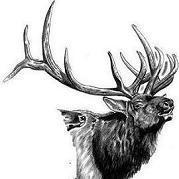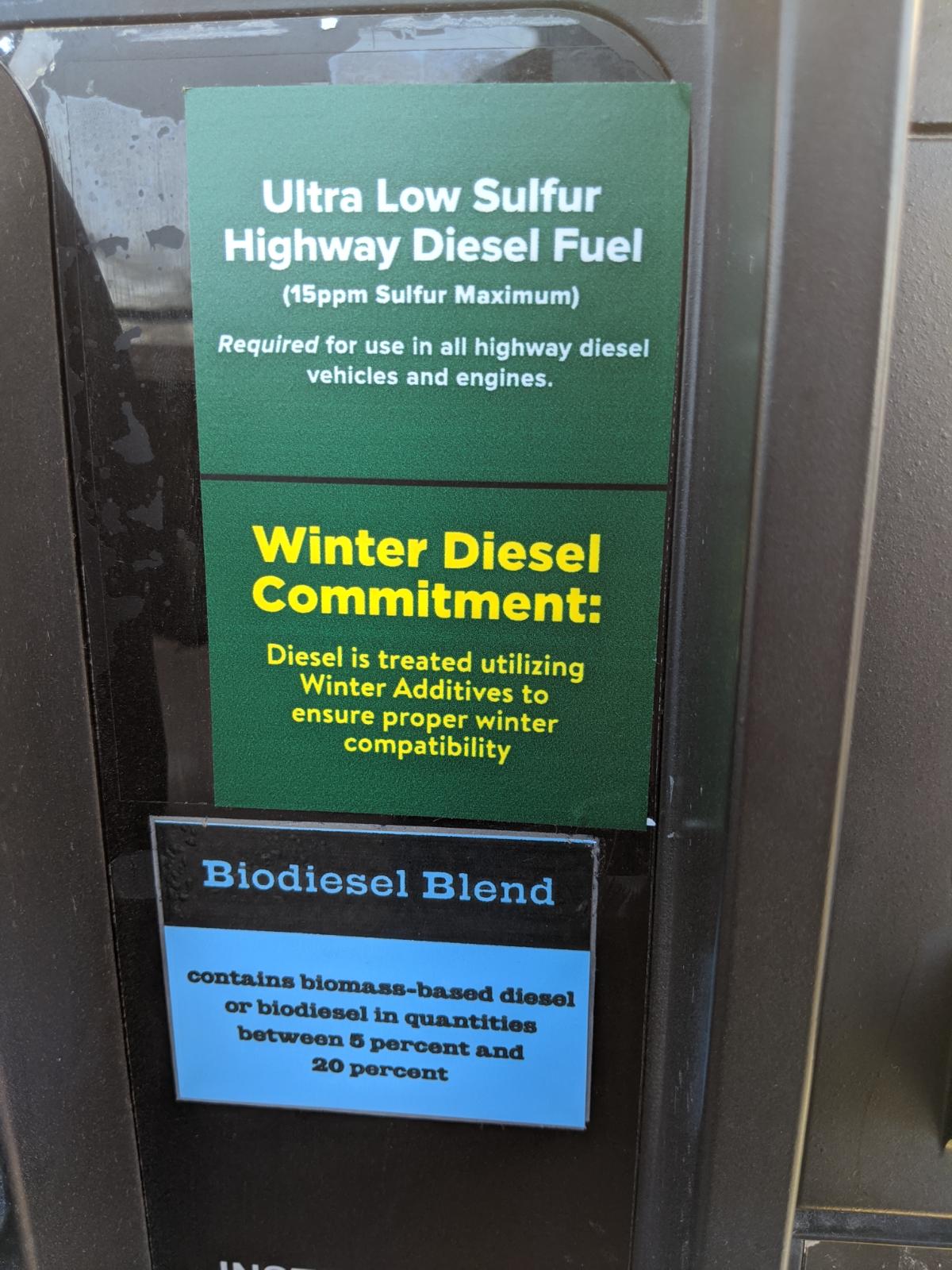- Replies 46
- Views 5.9k
- Created
- Last Reply
Top Posters In This Topic
-
Turbo Terry 18 posts
-
Mopar1973Man 8 posts
-
AH64ID 7 posts
-
Dieselfuture 3 posts
Most Popular Posts
-
I tend to avoid bio in the winter. Bio tends to gel quicker and tougher to un-gel.
-
Anything 5% or less does not have to be labled anything over 5% has to be labeled. My truck loved the bio diesel. Though at the 20% level I loose a little mileage, 1 mpg or so. I ran some bio just lab
-
Higher the cetane the lower the BTU's. Summer fuel is dark green and light green is winter fuel. As stated by the ASTM Lab documents... There is no b







No general diesel so it’s going under second gen I guess. Have you ever used cetane Amsoil and a couple other brands. My truck seems to like it. Mileage I really don’t know. Cost etc 1999 24 v 275 rv and edge, What about the new trucks and the ones in the middle Good-bad or ugly. Let the Good discussions begin I really want to know